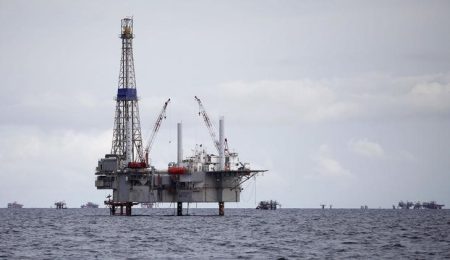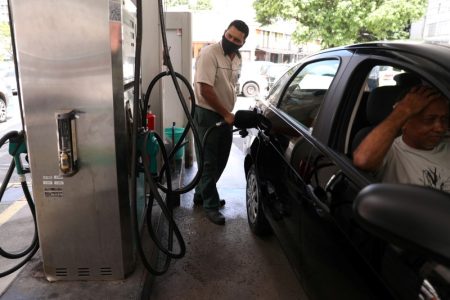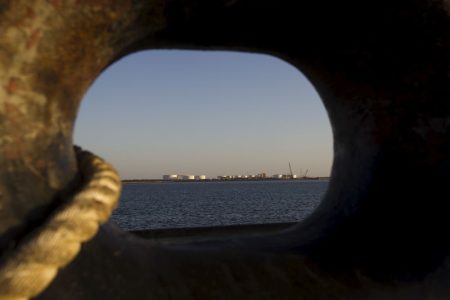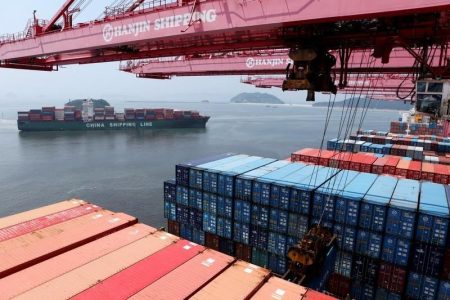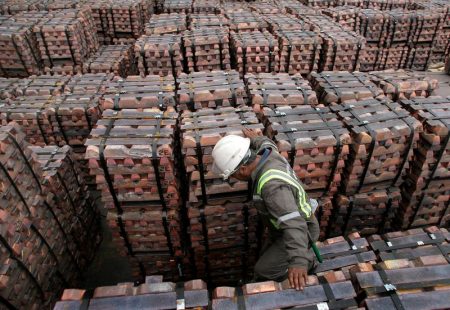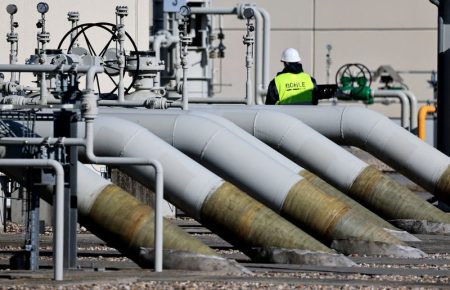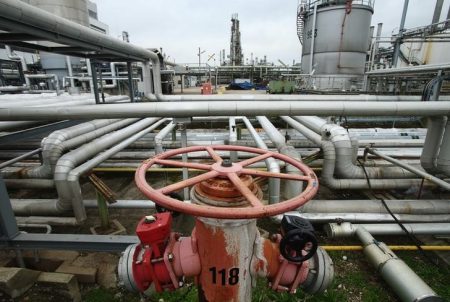By Dave Sherwood and Mark Frank
HAVANA (Reuters) – Cuban gasoline, already one of the world’s best bargains, is getting cheaper by the day for those with access to dollars, as the local peso currency continues its freefall against the greenback.
“Special” (94 octane) gasoline sells on the Caribbean island nation for 30 pesos, or 11 cents per liter (42 cents/gallon) at the current black market exchange rate, among the world’s cheapest fuel, according to online database GlobalPetrolPrices.com.
A typical half-liter of bottled water in Cuba, by comparison, sells for between 100 and 200 pesos, more than ten times the price of the same quantity of gasoline.
Communist-run Cuba has subsidized gasoline for decades, since early in former leader Fidel Castro’s revolution.
Meanwhile, the dollar, which Cubans obtain primarily through remittances or tourism, has soared from a value of 170 pesos a year ago to 270 pesos on the black market on Tuesday, giving those who have dollars far more purchasing power for products, like fuel, still tagged in pesos.
For a Cuban who lives on pesos alone, however, filling up the typical tank costs more than half the monthly minimum wage of 2,100 pesos.
The peso began a sharp decline in 2021 after the Cuban government announced a monetary reform that dumped a complex dual-currency system, spawning a new black market exchange that has contributed to soaring prices on the island.
“The situation is paradoxical,” said Bert Hoffmann, a Latin America expert at the German Institute of Global and Area Studies. “On the one hand the state’s policies try to maintain a minimum of social cohesion. On the other, it is the state’s own monetary policies which are driving the widening gap of inequality.”
Besides subsidizing fuel, Cuba has long compensated for low wages paid to workers in the state sector by providing free healthcare and education, as well as comparatively low rates for utilities.
But those services too have suffered in the face of economic crisis on the island, which Cuba blames on a U.S. trade embargo that dates back to the Cold War.
Cuba imports most of its crude, primarily from Mexico and Venezuela. But its bargain basement prices are more expensive only than countries like Iran, Libya and Venezuela that boast significant oil reserves.
Yadira Carricarte, a Cuban who resides in Italy but was visiting her family in Havana this week, was astounded by the price when she fueled her compact rental car.
“With three euros I can fill the tank,” she said. “(The price) should be far higher.”
For analyst Hoffmann, taming growing inequality means bringing the peso back in line with the dollar – but at present the opposite is happening.
“There is no easy fix in sight,” Hoffmann said.
Read the full article here


